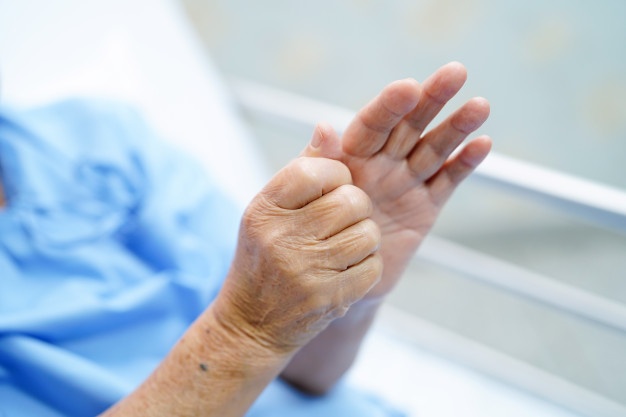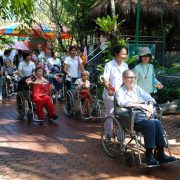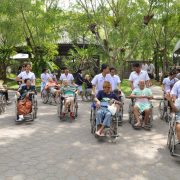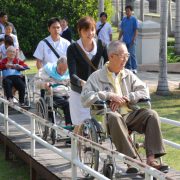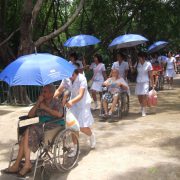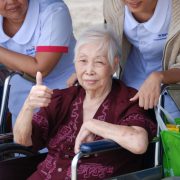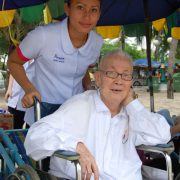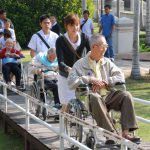What is Parkinson´s disease?
Parkinson´s disease is a disorder of the central nervous system which includes the brain and spinal cord.
Parkinson´s disease is a movement disorder and its symptoms get worse over time. Parkinson´s disease affects both men and women almost equally. Although people of any age may develop Parkinson´s disease, it is usually seen in people over the age of fifty.
What are the signs and symptoms of Parkinson´s disease?
Parkinson´s disease (PD) is a degenerative disorder of the central nervous system. The four most common symptoms are:
– Trembling of the hands, arms, legs, jaw, or head (tremors)
– Stiffness of the limbs and trunk (rigidity)
– Slowness of movement (bradykinesia)
– Impaired balance (postural instability)
There can also be other symptoms, such as cramped handwriting, stiff facial expression, muffled speech, and depression.
Treatment
Although there is no cure for Parkinson´s disease, medication can provide relief from many of the symptoms, and help a person to carry on daily activities.
Rehabilitation plays a key role in treating a Parkinson´s patient. Although it will not stop the disease from progressing, it can improve muscle strength, balance, bowel function, and bone strength. That, in turn, can help a person with Parkinson´s disease feel better, stay in shape, and keep up with as many daily activities as possible.
Without treatment, a person with Parkinson´s disease will most likely find that the symptoms make it very hard to perform daily activities. Parkinson´s disease symptoms, such as shaking and stiffness, may also cause discomfort. The risk of injury from falls may increase, and swallowing may become more difficult.


